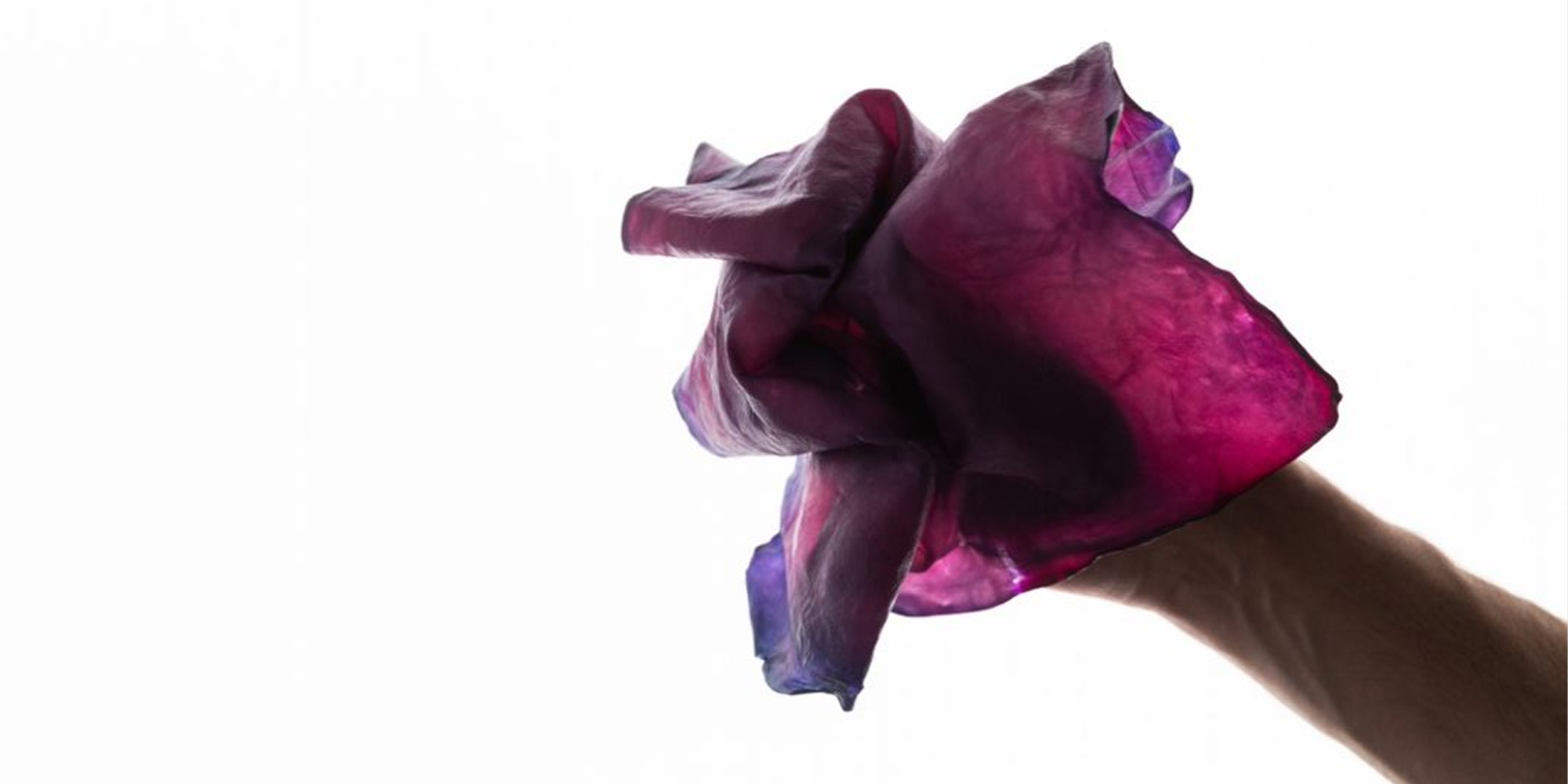Is it possible to develop processes that allow bacteria to grow into a spatial textile object?
Komagataeibacter xylinus is an aerobic acetic acid bacterium that uses oxygen to metabolize sugar into cellulose. As fabric-producing bacteria, they could potentially offer an alternative to the cotton plant, which has some undesirable effects from an environmental perspective.
The basic research phase for Grow Whole Garments is investigating how to control and direct the growth of the bacteria. This also leads to the central question for the project: Is it possible to develop processes that allow the bacteria to grow into a spatial textile object?
In an experiment in a siliconized glass box, a cellulose thread formed in a gap of the surface. This observation allows us to hypothesize that three-dimensional growth of the bacteria is possible. In the experiments, silicone molds are filled with nutrient solution and acetic acid bacteria are added for cellulose production. The silicone containers also serve as a bioreactor in which the bacteria multiply and can be used for further cultivation.
Project Credits / Acknowledgements:
FAR – Fashion and Robotics is funded by the FWF PEEK Program for Arts-based Research (Project No.: AR 611) and realized by the University of Art and Design Linz in cooperation with the Johannes Kepler University Linz.
Team: Christiane Luible-Bär (Univ.-Prof. Fashion and Technology), Johannes Braumann (Univ.-Prof. Creative Robotics), Werner Baumgartner (Univ.-Prof. Biomedical Mechatronics), Agnes Weth (Medical Technical Assistant), Emanuel Gollob (Researcher), Julio Escudero (Graduate Researcher), Michael Wieser (Graduate Researcher), Miriam Eichinger (Graduate Researcher), Viktor Weichselbaumer (Graduate Researcher)
